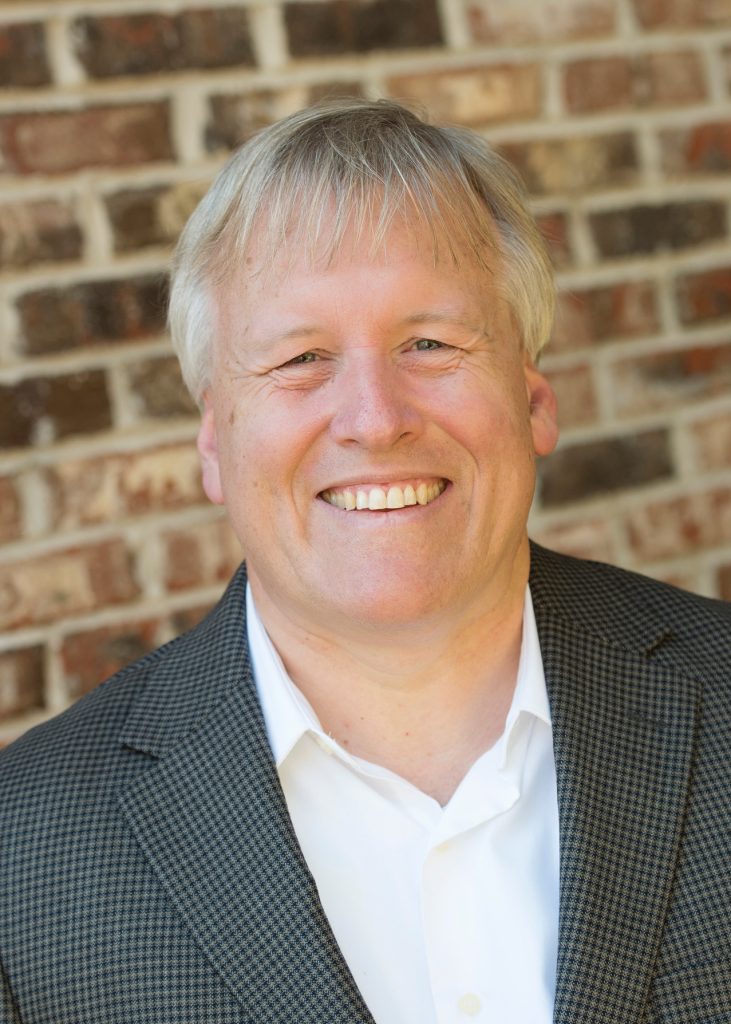The Supreme Court’s greatest defender of free speech, Louis Brandeis, was also the Justice who proposed that states could serve as laboratories of democracy. It is a natural link. Americans have different opinions, states try different approaches, and we see what is effective — such as with national elections, which Article I of the Constitution gives states the powers to regulate.
Some laws and practices may not be the best fit for all fifty states, but when a law is successful for one state, it is not uncommon to see it spread throughout the country. One practice that is gaining traction is instant runoff voting, commonly known as ranked choice voting (RCV). The gist is voters can rank candidates according to their preference and save themselves time and money if a candidate wins less than fifty percent of the vote; instant runoff negates the need for costly and low-turnout runoff elections at some future date. Currently, Maine and Alaska are the two states to practice RCV state-wide, in addition to over fifty jurisdictions across the country which have adopted the electoral measure. In 2022, RCV was banned in Tennessee and Florida for state and local elections.
Another idea is a nonpartisan primary, which has been referred to by some press outlets as a “blanket primary,” and as an “all-party primary” in others. In these elections, all candidates run against each other at the same time. Republicans run against candidates from their own party, as well as against Democrats. As long as political parties maintain “their brand” by endorsing candidates through a convention or other means so the voters know which candidate more closely aligns with their views, this reform can shift power away from the elites and back to voters.
Some laws and practices may not be the best fit for all fifty states, but when a law is successful for one state, it is not uncommon to see it spread throughout the country.
The election system that exists in most states historically offers voters only two candidates to choose from in November, despite the many eager, civic-minded individuals who would like to run but can’t overcome the party primary-dominated model to get on the ballot. Thus, most voters are given a menu of one Democrat and one Republican, in what is increasingly becoming what conservative columnist Henry Olsen calls an “artificial forced choice between extremes.” It’s not uncommon to hear folks complain of selecting “the lesser of two evils.” Nonpartisan primaries and instant runoff voting implemented together — such as in Alaska, and which advanced this year to a final, up-or-down vote before the voters in Nevada in 2024 — can produce campaigns and election results that better reflect the political make-up of a community.
To take Alaska as an example: This unique voting system can help a legitimate independent or third-party candidate, but it also can help the political party that has a clear majority in an election but loses due to multiple “conservative” or “liberal” candidates splitting the vote to play spoiler. Alaska is thought of as a red state, and it is a fact that registered Republicans significantly outnumber registered Democrats. But outnumbering both of them combined is the more than 60 percent of Alaska voters who are independent or third-party. It is no surprise that a strongly conservative governor, a moderate Republican senator, and a Democratic House member from the Alaska Native community and with close ties to her Republican predecessor emerged this year from the new system.
In addition, nonpartisan primaries and instant runoff general elections put the average voter — who may lean one way or the other but doesn’t participate in the primary — at the center of the election process. Voters have a right to be skeptical of big government and establishment political party machines that might not represent the rank-and-file party members. We’ve seen party elites from both the GOP and Democratic Party handpick their preferred candidates down to the local level without involving party members in the process. Voters are tired of being told who to vote for by political insiders who are not accountable to voters. Reform-minded individuals are making use of the liberty provided by the Constitution to innovate the way they select their representatives to return the power of the ballot to voters — where it belongs.
One practice that is gaining traction is instant runoff voting, commonly known as ranked choice voting.
Some Republicans are surprised when I tell them that I like the system that just went into effect in Alaska. But who likes it and who does not is not a simple matter of whether you are a Republican or a Democrat. The Democratic governor of Nevada opposes the idea in his state, for example, which exists as a two-round ballot measure — and the same voters who just threw him out in November advanced the measure from round one to a decisive vote in 2024.
True, a Democrat won Alaska’s House race — but as it has been observed widely, Sarah Palin was the only Alaska Republican whose unfavorable rating has been above 50 percent both nationally and in the state since 2010, which made her an unpopular first choice of voters and an unpalatable second choice of even many Republican voters who supported fellow Republican candidate Mark Begich. Republican voters were in a better position to “rank the red” in the Senate race, which featured two viable Republican contenders, and one of them ended up winning.
The state’s primary elections in August, in fact, resulted in nearly half of the general elections for state and federal office having multiple Republicans qualify for the ballot. What that means: In many races, Republicans are competing head-to-head against other Republicans, allowing conservatives to break free of the old “left-right” paradigm and debate the nuances of conservative principles and which Republican candidate best embodies them. It does not make sense that a rural, conservative community should be forced to choose between a Democrat and a Republican when they can instead look past party labels and choose from among a wider group of candidates.
As Republicans, we often resist change for change’s sake. But we should keep an eye on what is happening in Alaska and Nevada and consider how other states approach elections. In his farewell address to Congress, George Washington warned of the dangers of sectionalism, including the dangers of political parties. While I will always be pro-Republican Party, Alaska gives us a chance to see how elections can return power to the people, creating an electoral system that better captures what the Founders had in mind. The party elites may not like it, but voters should consider taking a page out of Nevada and Alaska’s playbook and advocate for similar reform measures.
John Pudner is President of Take Back Our Republic Action Fund (www.takebackaction.org)





